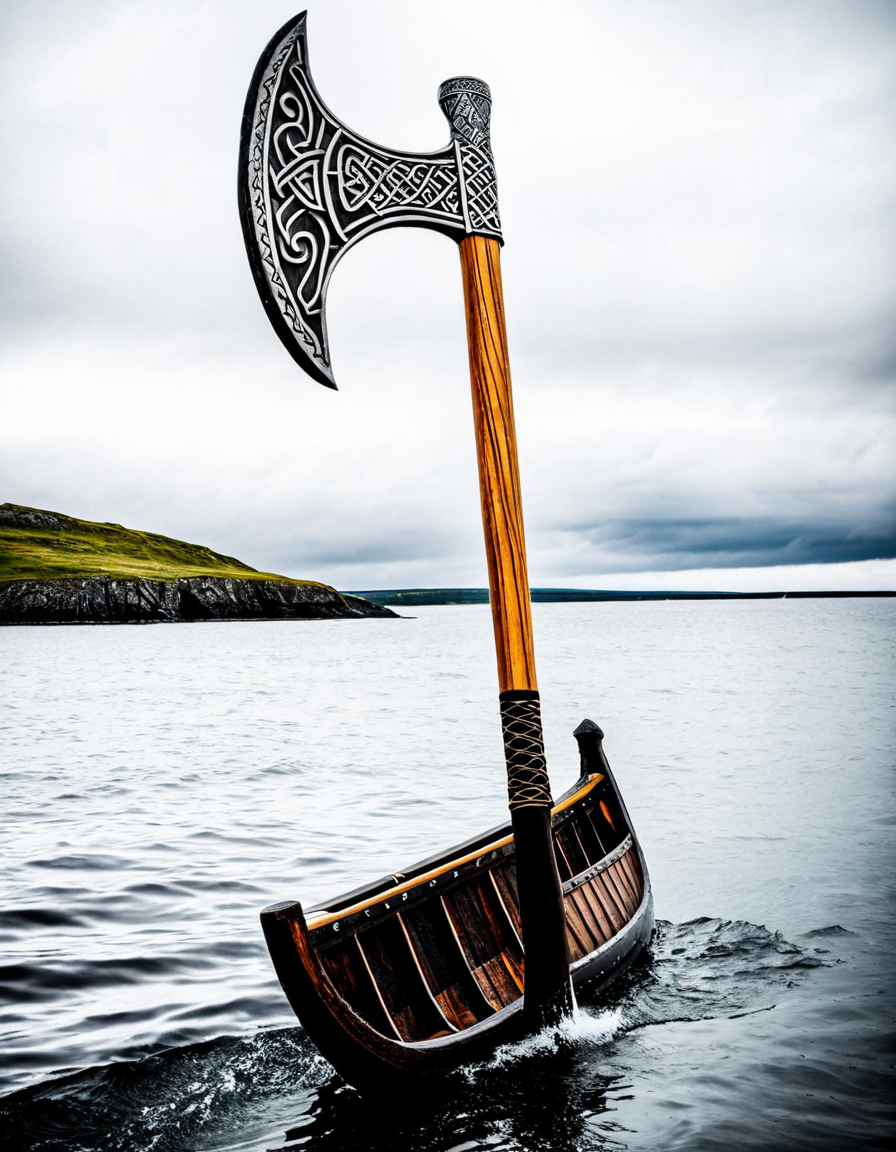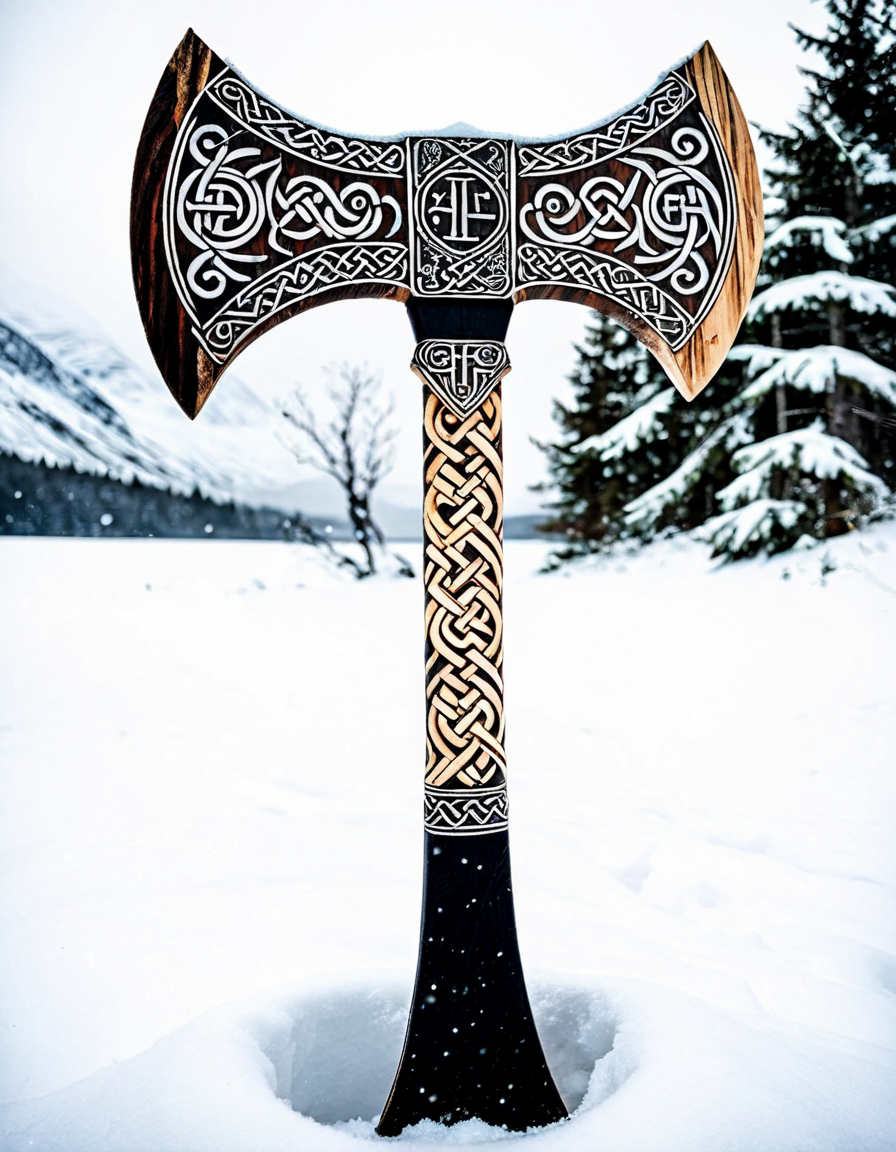When we think about Viking warriors, their iconic weapon, the Viking axe, springs to mind. This formidable tool symbolizes not just the might of Norse warriors but also their ingenuity. Evolving from simple woodcutting tools into deadly weapons of war, the Viking axe tells a fascinating story of craftsmanship, utility, and cultural identity. Join us as we explore this remarkable piece of history, what’s behind its evolution, the famous axes of the past, and how the legacy of the Viking axe lives on today.
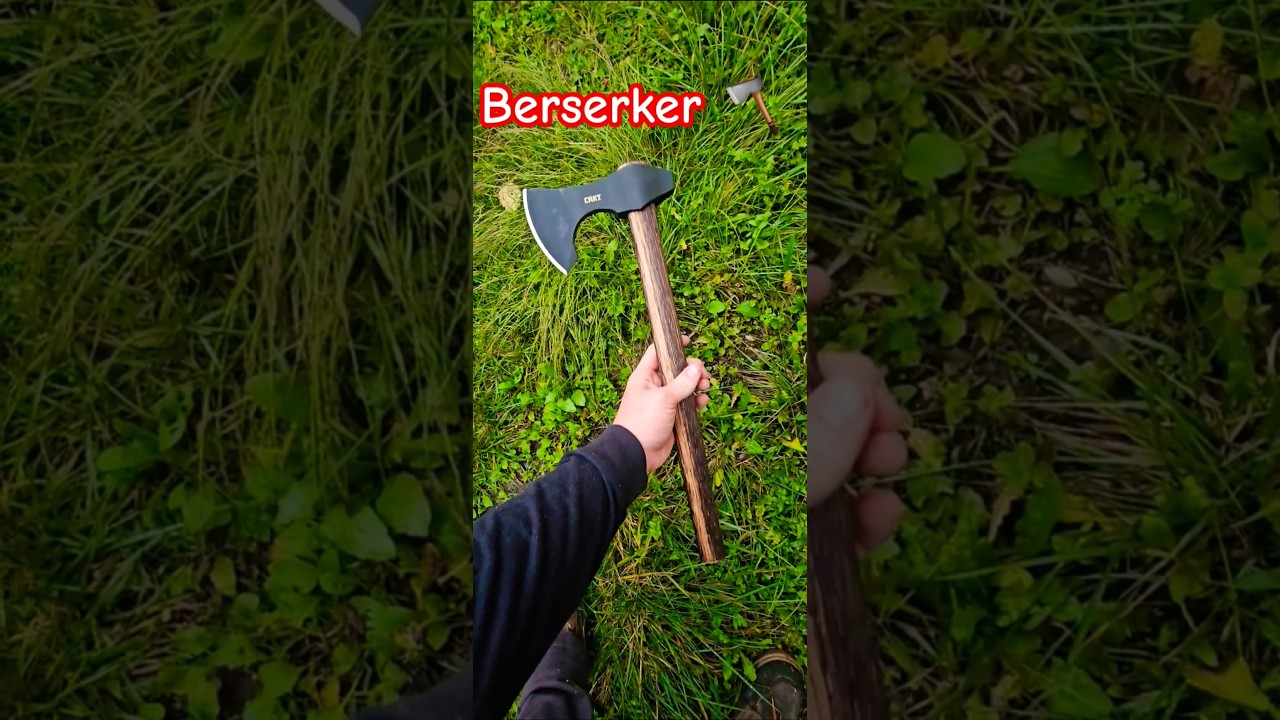
1. The Evolution of the Viking Axe: From Tools to Weapons
The Viking axe has deep roots in Norse culture. Initially, these axes were simple tools used for daily tasks, like chopping wood or clearing land. Crafted mainly from iron or steel, they featured wooden handles that allowed for better leverage. However, during the Viking Age—from the 8th to 11th centuries—these ordinary tools underwent an eye-opening transformation.
By the time Viking warriors hit the battlefield, axes evolved into specialized weapons that represented status and power. The designs featured wide blades for maximum impact, combined with elongated hafts that promoted agility and precision in combat. The Viking axe emblemized warrior prowess and mastery over the land, making it a significant part of Viking identity.
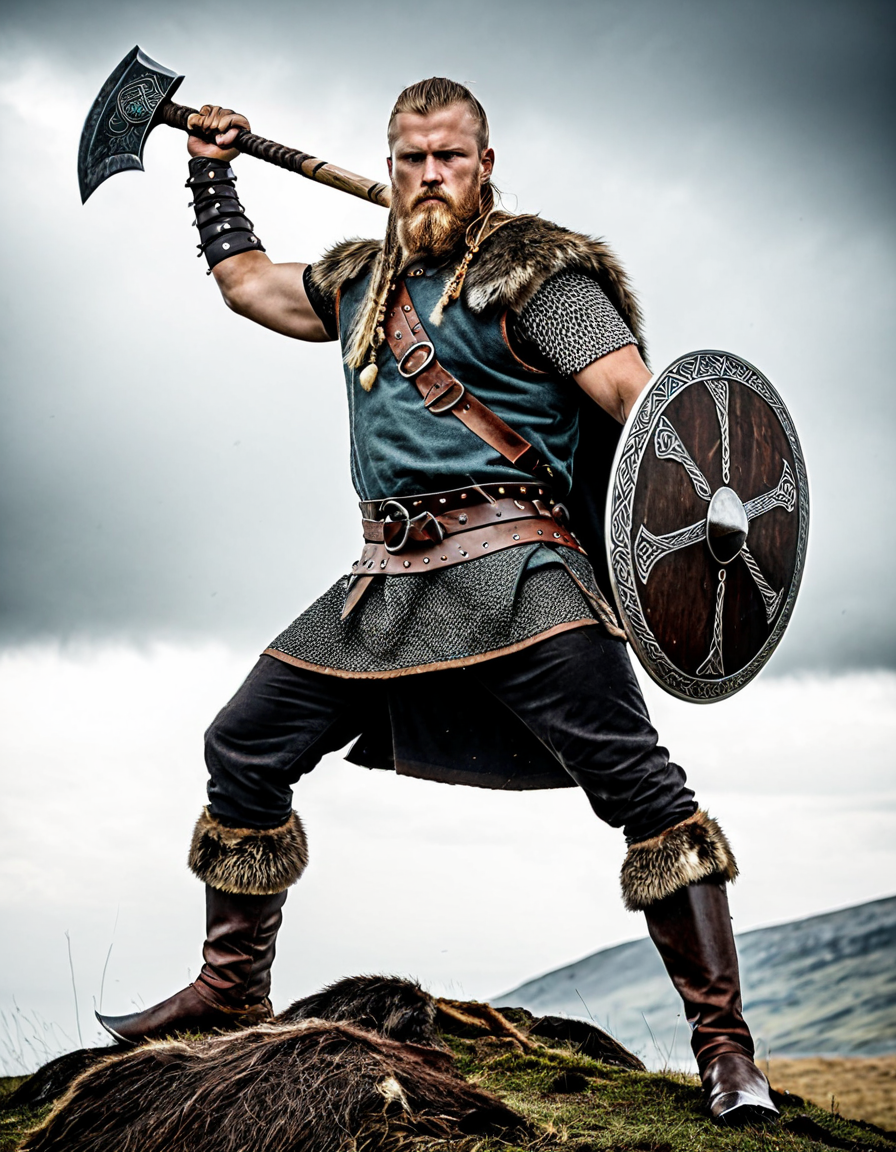
2. Top 5 Renowned Viking Axes in History
Let’s take a closer look at five iconic axes that shaped history and influenced modern perspectives on the Viking axe.
2.1. The Dane Axe
The Dane axe, emerging in the 11th century, is probably the most notable weapon associated with Vikings. Its large, crescent-shaped blade made it a terror on the battlefield, mainly because it could be wielded with both hands. Legendary figures like Harald Hardrada have been portrayed in various sagas using this mighty axe, showcasing its devastating potential.
2.2. The Bearded Axe
Next, we’ve got the bearded axe. With a distinctive beard-shaped blade curving downwards, this mythical tool wasn’t just for decoration; it offered numerous functional advantages both in combat and daily chores. Warriors like Rollo, the first Duke of Normandy, wielded this axe, making it a staple in Viking lore.
2.3. The Russell Axe
Moving on, although lesser-known, the Russell axe deserves a mention. Combining practicality with the artistry of craftsmanship, it served dual purposes in warfare and woodworking. Viking ingenuity is impressively displayed in this axe, which allowed craftsmen and fighters to carry one versatile tool.
2.4. The S. O. V. Axe
Fast forward to contemporary craftsmanship and we meet the S. O. V. axe, made by Scandinavian Outdoor Viking. This modern interpretation stays true to the ancient design while using hand-forged steel. It’s a fantastic option for enthusiasts today who appreciate the age-old aesthetics and functionality of the Viking axe.
2.5. The Viking Bearded Battle Axe by Cold Steel
Lastly, the Viking bearded battle axe by Cold Steel is tailored for those who want a slice of history. This axe modernizes the classic design, making it durable enough for both collectors and practitioners of traditional martial arts. It gives modern warriors a taste of the techniques employed by their Viking ancestors.
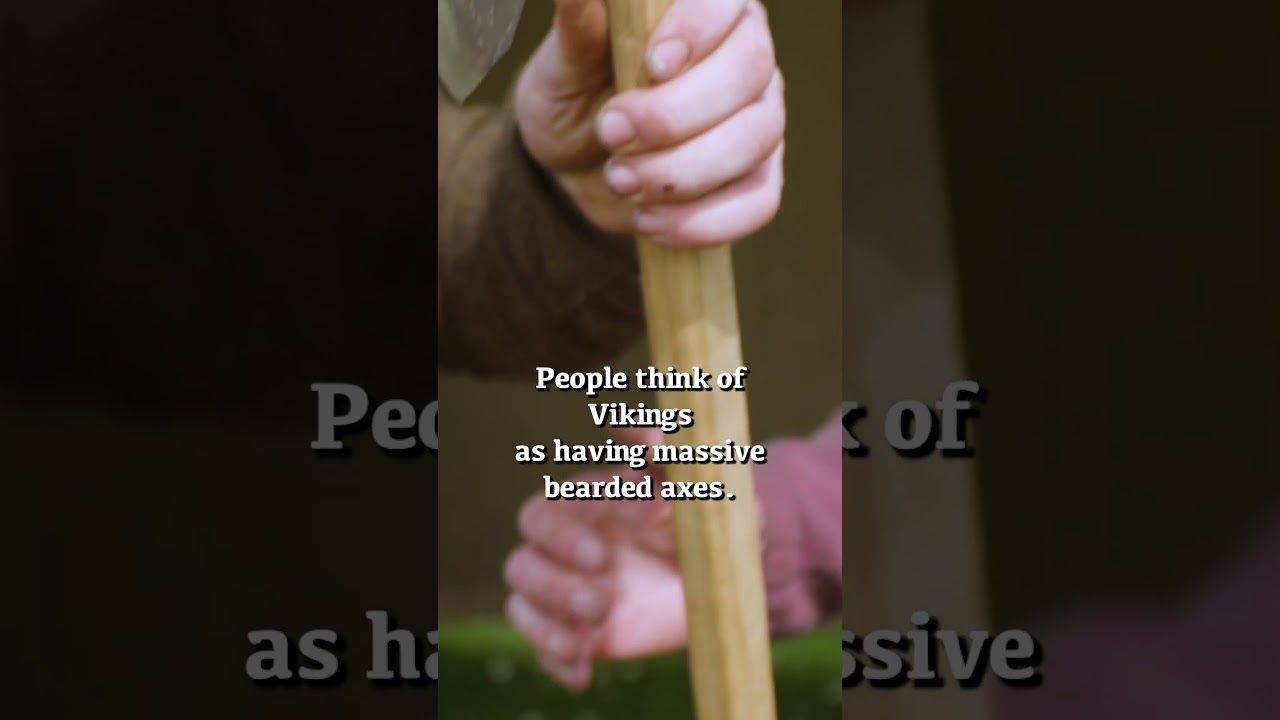
3. The Symbolism of the Viking Axe in Norse Culture
Beyond its prowess as a weapon, the Viking axe served as a significant cultural artifact. It symbolized strength, courage, and honor within Norse warrior culture. The axe was often imbued with mythological significance, offering a connection to the divine. For instance, the thunder god Thor is frequently depicted wielding Mjolnir, his mighty hammer, which showcases the divine power warriors aspired to embody with their Viking axes.
These weapons didn’t just serve practical purposes; they also featured in Norse sagas as symbols of protection and leadership. Honor could be sought through acts of bravery and strength displayed with these mighty axes.
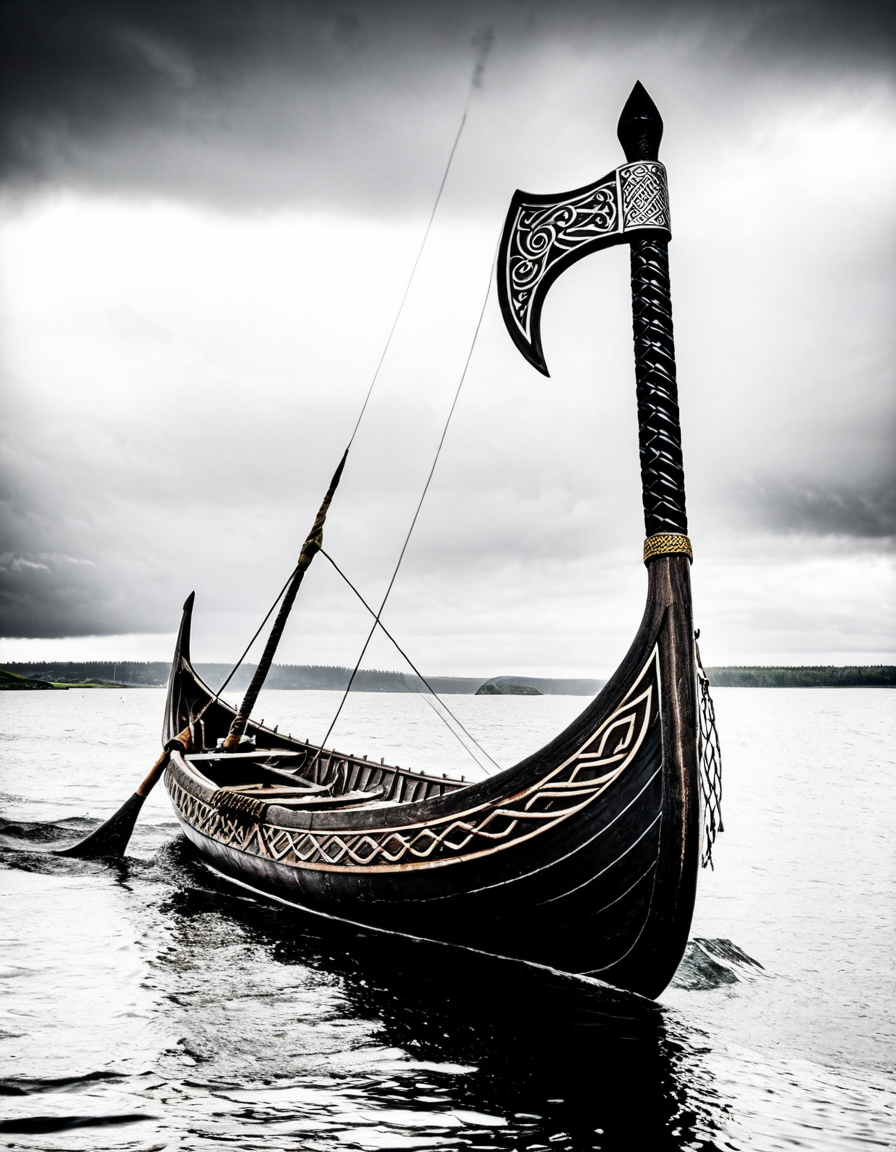
4. Viking Axes in Battle Tactics and Strategies
The Viking axe played a critical role in military tactics during iconic battles, like the Battle of Stamford Bridge. Vikings combined psychological warfare with skilled axe techniques to outmaneuver their opponents. Their lengthy hafts allowed for greater reach and speed, giving them an edge in close-quarter combat.
Historical accounts reveal that Viking warriors created shield walls to protect themselves while using their axes to break through enemy formations. This strategy showcased the versatility of the Viking axe, combining brute strength with tactical finesse.
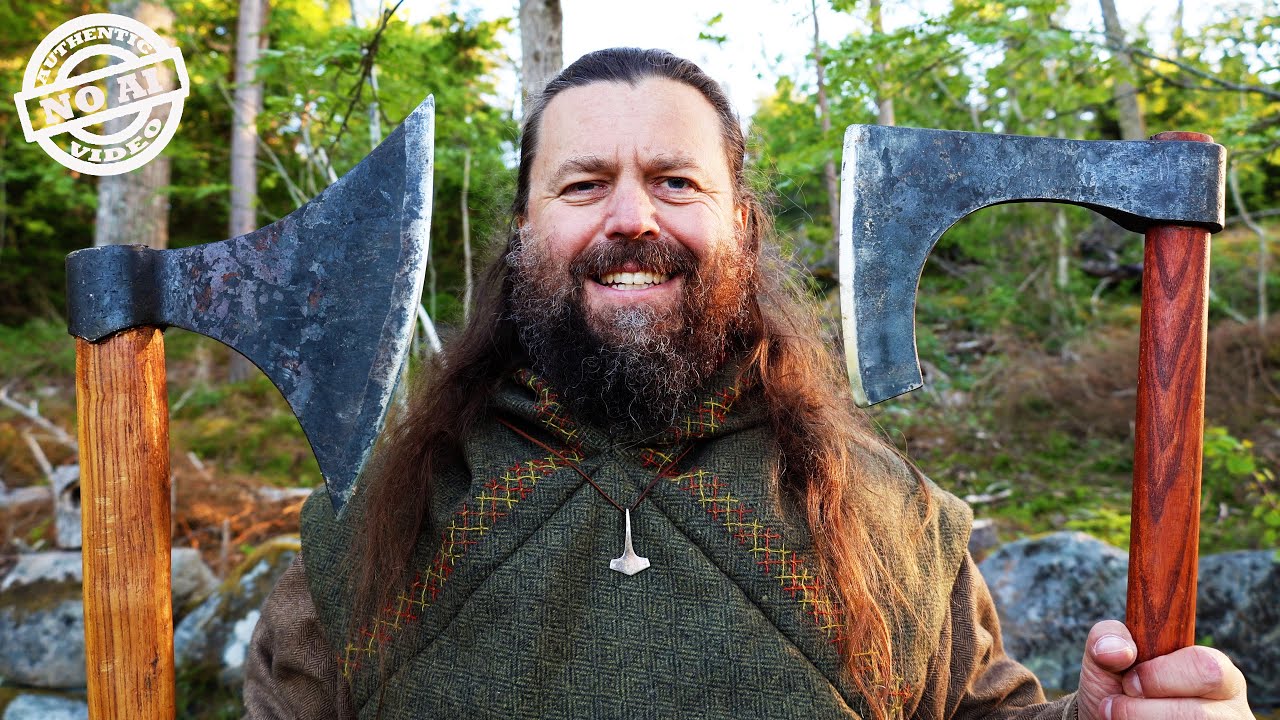
5. The Viking Axe in Modern Preservation and Recreation
Today, there’s a vibrant resurgence in Viking martial arts, where traditional axe fighting techniques are celebrated and taught in communities. Groups like the Vikings of Haithabu work tirelessly to keep this cultural legacy alive, ensuring that the intricacies of the Viking axe continue to enthrall new generations.
Modern blacksmiths build authentic replicas that cater to collectors and martial artists alike. These activities dive deep into metallurgy and the techniques of ancient craftsmanship, leading to a resurgence of interest in how these weapons shaped our understanding of ancient technology.
Innovating the Legacy: The Viking Axe Today and Beyond
The Viking axe steadfastly remains a beacon of heritage and craftsmanship even in 2026. Events, historical reenactments, and educational programs thrive worldwide, celebrating the legacy of this powerful weapon. Such activities not only preserve the warrior spirit but also ignite curiosity about the broader narratives of the Viking Age.
Whether through blacksmithing or martial arts, the Viking axe continues to inspire fascination. No longer just a weapon, it embodies a profound cultural identity that connects us to a time when axes weren’t just tools; they were symbols of strength and resilience, much like the enduring spirit of the Norse warriors themselves.
So, next time someone mentions the Viking axe, remember—it’s about so much more than its sharp edge. It’s a story of evolution, artistry, and a relentless human spirit.
Viking Axe: The Legendary Weapon of Norse Warriors
Craftsmanship and Versatility
The Viking axe wasn’t just a tool; it was a statement of power and craftsmanship. These axes, carved from steel and designed to withstand fierce battles, can be called one of the most essential weapons in a Viking warrior’s arsenal. Interestingly, they were versatile enough to serve both as instruments of war and for everyday tasks. A Viking could easily chop wood for a cozy fire or face down an enemy with a swift swing. In modern times, the quality of weaponry echoes that of finely crafted items like a trusty steak knife, which showcases the craftsmanship behind any blade.
During battles, the Viking axe’s long handle provided a significant advantage. It allowed warriors to strike from a distance, much like how a sake basketball player could make a crucial shot from the three-point line. The heavy blade could easily cleave through armor and shields, making towering Vikings a fierce sight on the battlefield.
Myth and Legend
Tales of Viking fierce battles often get embellished over time. For instance, you’ve probably heard stories painting Viking warriors as nearly mythical figures, wielding their axes with wild abandon. This idea of the Viking warrior is almost as iconic as the struggles seen in competitive sports today; take, for example, the intense face-offs in the Charlotte Hornets Vs LA Clippers match player Stats. Just as players strategize and adapt mid-game, Vikings were known to improvise in the heat of battle, using their weapons in numerous ways.
Moreover, the Viking axe often featured intricate designs, showcasing not just battle readiness but also the cultural significance of the time. The unique engravings or patterns reminded many of the artistry seen in popular shows like Stumptown, where characters beautifully intertwine personal stories with their environment. Little wonder that these axes have captured imaginations through history!
The Legacy of the Viking Axe
The Viking axe maintains a legacy that continues to inspire modern design and culture. Its influence can be seen in contemporary weapon crafting, much like the unique aesthetics in cannabis strains such as the Kush Mints strain, which flaunt a blend of tradition and innovation. As enthusiasts research Viking history, they often stumble upon cultural references such as one piece ace, a testament to how the Viking spirit lives on in popular media.
Additionally, while they wielded their axes fearlessly, Vikings were more than just warriors. In fact, their societal structure was complex, as layers of daily life often overlapped with their martial lifestyles. Tools like the Viking axe weren’t just weapons; they were multipurpose devices that tied the community together just like Mcgruff The Crime Dog serves to teach safety to kids through memorable stories. So the next time you picture a burly Viking swinging his axe, remember there’s more to this legendary weapon than meets the eye—it’s a piece of a much larger tapestry that defines who they were.
